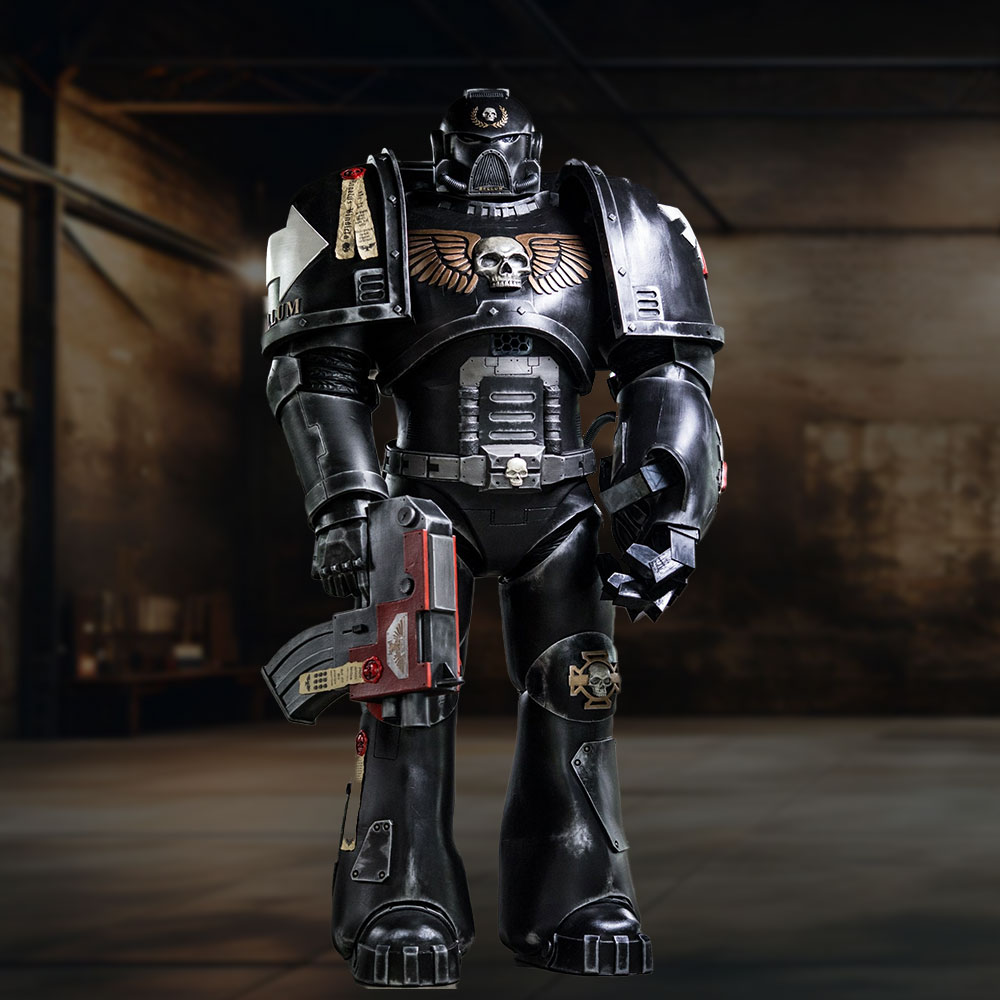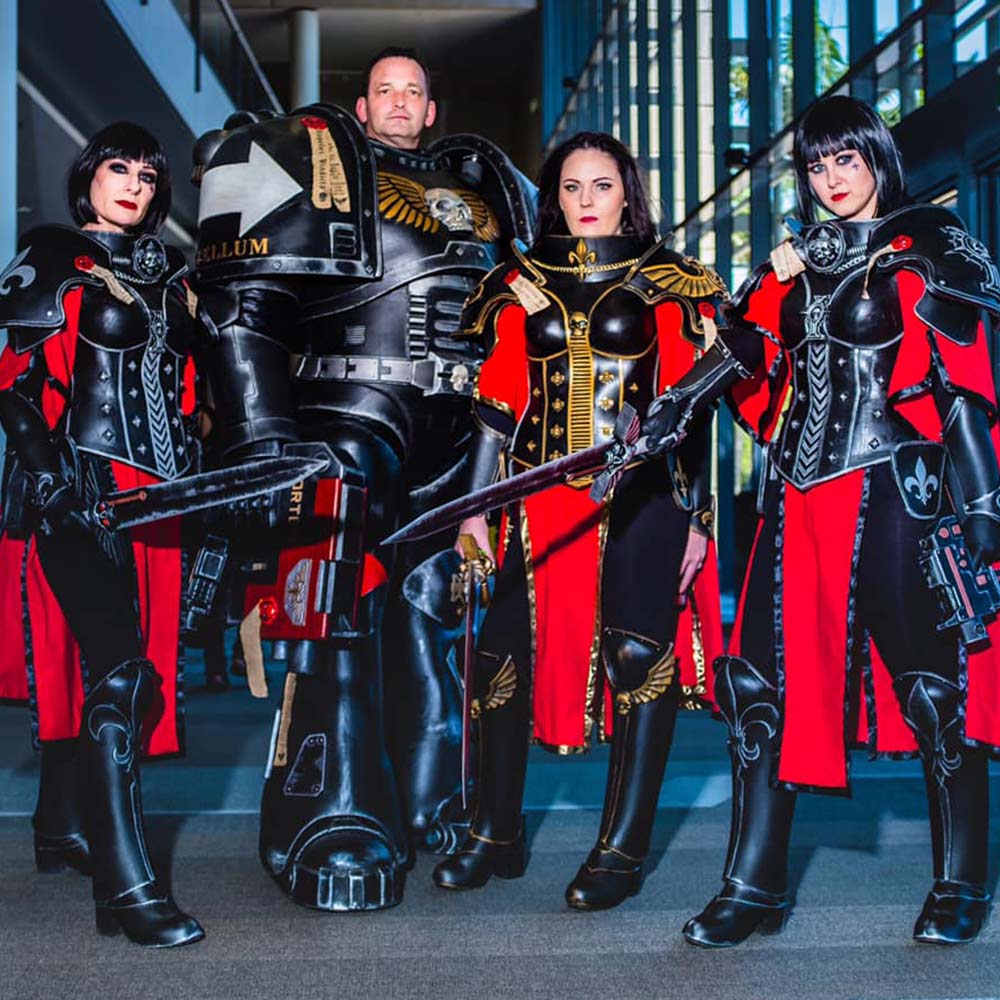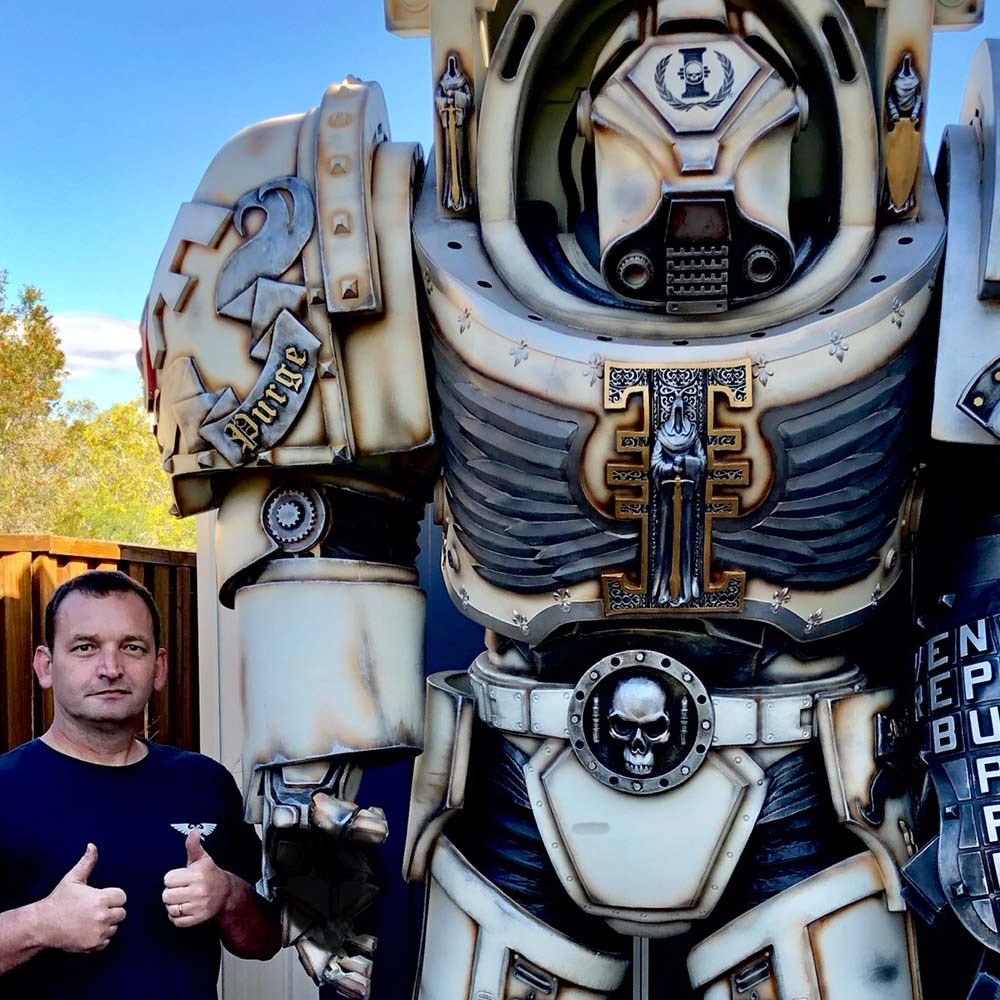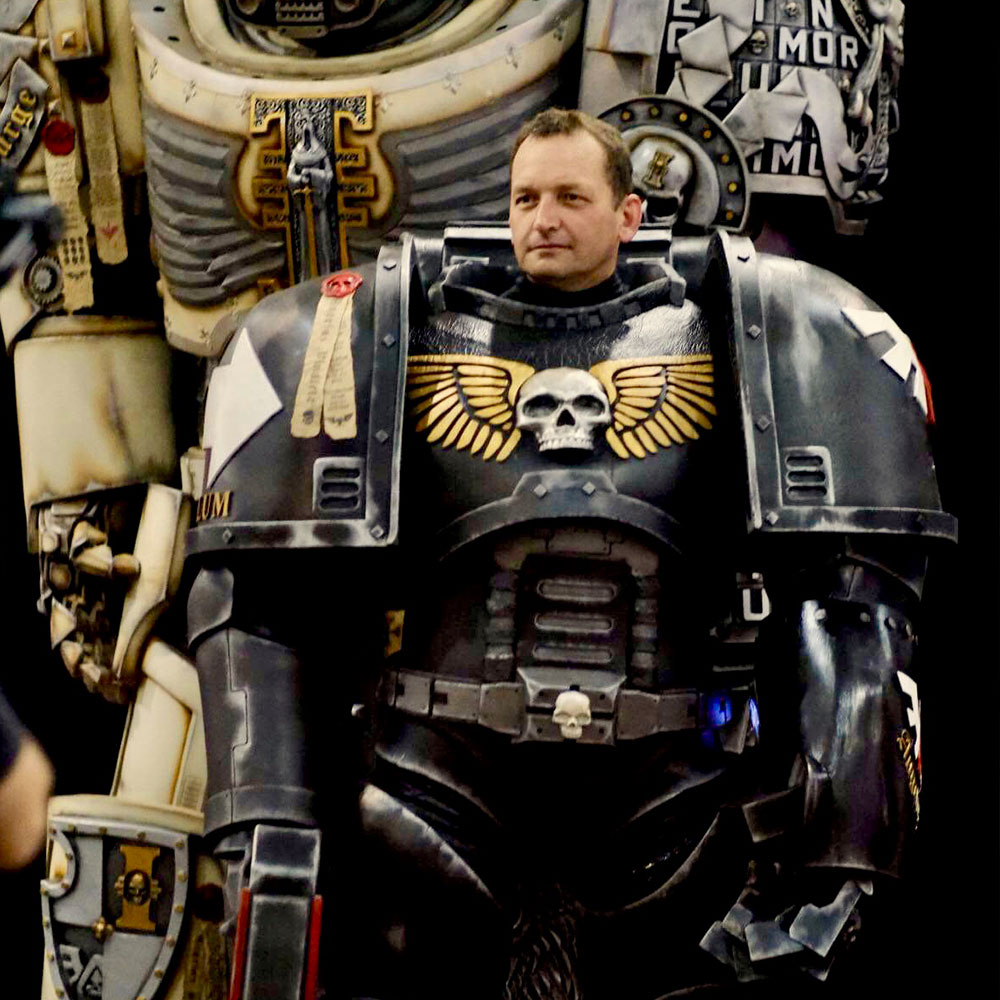Terry Skrinjar - Becosplay
Monocure3D is honoured to welcome Terry Skrinjar, renowned within the cosplay realm as Becosplay, as a distinguished M3D Brand Ambassador. Founder of the Cosplay Workshop, Terry has spearheaded a revolution in cosplay craftsmanship since his striking debut at Supanova in 2017 with his full-scale Warhammer Space Marine armour. His transition into the precision of 3D printing, enhanced by Monocure3D’s superior resins, has impeccably elevated the intricacy of his costume designs. Epitomised by his intricately mechanised articulated hands, Terry’s work seamlessly weaves traditional crafting with avant-garde techniques. More than a costume creator, Terry is a mentor within the community, fostering skill development and camaraderie. Witness his journey as he continues to push the boundaries of creative innovation, a journey accentuated by the transformative touch of Monocure3D’s products. Follow Terry’s latest ventures, which promise to captivate and inspire, as he brings the fantastical to life.
TIME TO MEET TERRY!
1. Can you please introduce yourself and share where you’re based?
Hi, I’m Terry Skrinjar, better known as Becosplay in the cosplay community. I’m the founder of the Cosplay Workshop, a sanctuary I’ve built for fellow crafters and cosplayers to learn, create, and enjoy the company of like-minded individuals in a supportive and positive atmosphere.
2. What inspired you to start making cosplay costumes, and how did you initially get involved in cosplay?
I found my calling in cosplay at Supanova in Brisbane back in 2017. It began with a daunting challenge I set for myself: to construct a fully operational, seven-and-a-half-foot tall Warhammer Space Marine costume to reveal at the next year’s Supanova on the Gold Coast. With no prior experience in costume creation, I dived headfirst into experimenting with various materials, teaching myself to maneuver in the costume’s stilts, and ensuring the mechanics, such as the articulated fingers, were functional and authentic to the Space Marine’s design. This endeavour unexpectedly led to an invitation to Hollywood to don my Space Marine costume in a live-action film, a mere seven months later.
3. Can you walk us through your journey from being a beginner to becoming an ambassador for Monocure3D?
My adventure with resin printing began when I realized that FDM printers couldn’t capture the detail I needed for my props. After testing various resins with my Anycubic Photon+ printer, it was clear that Monocure3D’s resin was unparalleled—it worked flawlessly every time. My collaboration with Monocure3D took off after attending GameX in Brisbane, where I had an insightful discussion with Charlie from Monocure3D about how resin printing has become a game-changer for serious cosplayers.
4. Could you list the primary tools and materials you use for your projects and specify which ones are indispensable for 3D printing versus traditional methods like foam?
I use many materials and techniques for my projects, including EVA foam, plastic, resin, fabric, and metal. My tools include 3D printers, laser cutters, and the ever-reliable Stanley knife. Although cosplayers work with the tools available to them, 3D printing has significantly improved both the speed and quality of our costumes.
5. How has using Monocure3D resins impacted the quality and efficiency of your 3D printed elements in cosplay costumes?
Monocure3D resins have been a game-changer for me, especially for crafting prop weapons, jewellery, adornments, and even internal mechanisms. The precision and detail that resin printing offers save a tremendous amount of time and effort compared to other methods like FDM printing or manual fabrication.
6. What challenges have you encountered while integrating 3D printing into your cosplay costume designs, and how have you overcome them?
Integrating 3D printing into cosplay involves its own set of challenges, from design and engineering to the post-printing process, which includes sizing, fitting, sanding, and painting. However, the versatility of resin printing and the range of resins available have greatly alleviated the stress and workload of finishing a cosplay piece.
7. Could you share a project you’re particularly proud of that best showcases the synergy between 3D printing and traditional crafting methods?
One of the projects I’m most proud of is the mechanically articulated hands I developed. They represent a significant step forward in cosplay functionality, eliminating the need for rudimentary methods like rubber bands or strings, and they’ve been essential for costumes intended for extended wear.
8. Do you find any specific Monocure3D products or accessories exceptionally useful or versatile in your work?
Almost all Monocure3D products and accessories have proven invaluable in my work. Their versatility and reliability make them indispensable in the crafting process.
9. What tips would you give to someone who is looking to enter the realm of cosplay design and is considering the incorporation of 3D printing?
For those venturing into cosplay design with an interest in 3D printing, my advice is to be patient. Take the time to craft your props and costumes, seek advice from the cosplay community, and never compromise on the quality of your materials, especially when it comes to 3D printing.
10. What exciting projects can we look forward to seeing from you in collaboration with Monocure3D soon?
Looking ahead, I’m excited about three major cosplays. First is a 15-foot Gundam, requiring many 3D-printed details and mechanisms. Then there’s an alien character named Al, demanding an array of detailed props. And lastly, I’m working on a T-60 power armour from Fallout. With each of these projects, Monocure3D’s products will be instrumental in bringing my visions to life.
11. Where can we learn more about the courses you mentioned?
Facebook: https://www.facebook.com/becosplayforge/
Instagram: https://www.instagram.com/becosplayforge/






